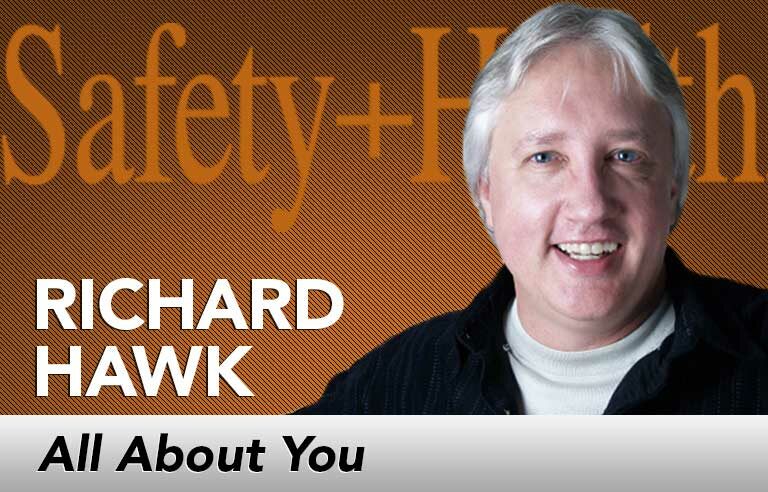All About You: The benefits of practicing friendliness

“Practice makes perfect.” This proverb has been traced back to the 1550s and 1560s, when its form was “Use makes perfect.”
I prefer to believe that “practice makes progress.” As I’ve mentioned in previous “All About You” articles, if you want to get better at something, you’ve got to practice it. Although this may sound strange, that includes your ability to be friendly.
Why should you purposely practice friendliness? There are many reasons, but here are my four favorites:
- You will have more influence as a safety professional.
- It will energize you.
- Your relationships, both long-term and casual, will be stronger.
- Those stronger relationships will improve your mental and physical health.
Everyone has a natural level of friendliness – a kind of average set-point. And there are as many styles of friendliness as there are styles of music. But generally, it means you are able to use your actions and words to make the people you interact with feel welcome and comfortable.
If you inspect worksites, then being able to create a friendly connection with the crew at the site is a vital skill. When dealing with contractors or employees who don’t know you, quickly establishing a friendly rapport will increase your influence and make your requests and instructions more persuasive.
You don’t have to be funny, perky or an extrovert to be friendly. Some of the friendliest people I’ve met during my travels were calm and listened more than they talked. However, no matter what “style” of friendliness suits you, here are a few things you can practice:
Your smile
Showing a natural smile takes much more than just raising the corners of your mouth. Your whole face needs to get involved. Generally, the skin around your eyes and your eyebrows should also rise, making your eyes look more open. A smile that looks fake, like the one we sometimes give to people we meet in an elevator, is easy to spot because there isn’t much to it.
For several years, I’ve been making regular efforts to use my “natural smile” when I first meet someone in just about every kind of situation. I make a point to remind myself to pay attention to my smiles now and again when I’m at the airport, shopping, or greeting people in my audiences. You don’t need to do it all the time, but if you pay attention to how you smile with some regularity, your smile will get better – even if you already have one that’s impressive!
Your voice
A monotone “hello” doesn’t do much beyond showing that you acknowledge a person. Raising the tone a bit at the end of your greeting will make it sound more inviting. (However, don’t go overboard with this or you’ll sound like an infomercial actor.) Varying your voice is a simple way to show you’re glad to meet someone and, if it’s a longer interaction, that you’re enjoying their company.
What you say matters too. If all you do is talk about yourself, you will not endear yourself to anyone. You don’t want to seem like an investigative reporter, but you do want to show you’re interested in the other person. A simple way to do that is by saying “you” more and “me” or “I” less in your conversations.
Your awareness
In some situations it’s more appropriate – and safer – to keep to yourself and not show overt friendliness. Even when it is fine to be friendly, you still need to be aware of how the other person is responding so you can either tone down your approach or continue at the same level. (Some people need to get to know you before they will feel comfortable with your outgoing friendliness.)
Overall though, if your friendliness seems natural, and you show genuine interest in people, they’ll be delighted to meet you and they’ll enjoy your company. Now that’s an ability worth practicing!
 Richard Hawk helps companies around the world create more vibrant safety cultures by showing them how to make safety fun. As a professional speaker, author and musician, he also inspires employees to focus better and enlightens safety leaders about ways to increase their influence. To learn more about Richard, visit www.makesafetyfun.com.
Richard Hawk helps companies around the world create more vibrant safety cultures by showing them how to make safety fun. As a professional speaker, author and musician, he also inspires employees to focus better and enlightens safety leaders about ways to increase their influence. To learn more about Richard, visit www.makesafetyfun.com.
Subscribe to the podcast feed in iTunes
Post a comment to this article
Safety+Health welcomes comments that promote respectful dialogue. Please stay on topic. Comments that contain personal attacks, profanity or abusive language – or those aggressively promoting products or services – will be removed. We reserve the right to determine which comments violate our comment policy. (Anonymous comments are welcome; merely skip the “name” field in the comment box. An email address is required but will not be included with your comment.)

